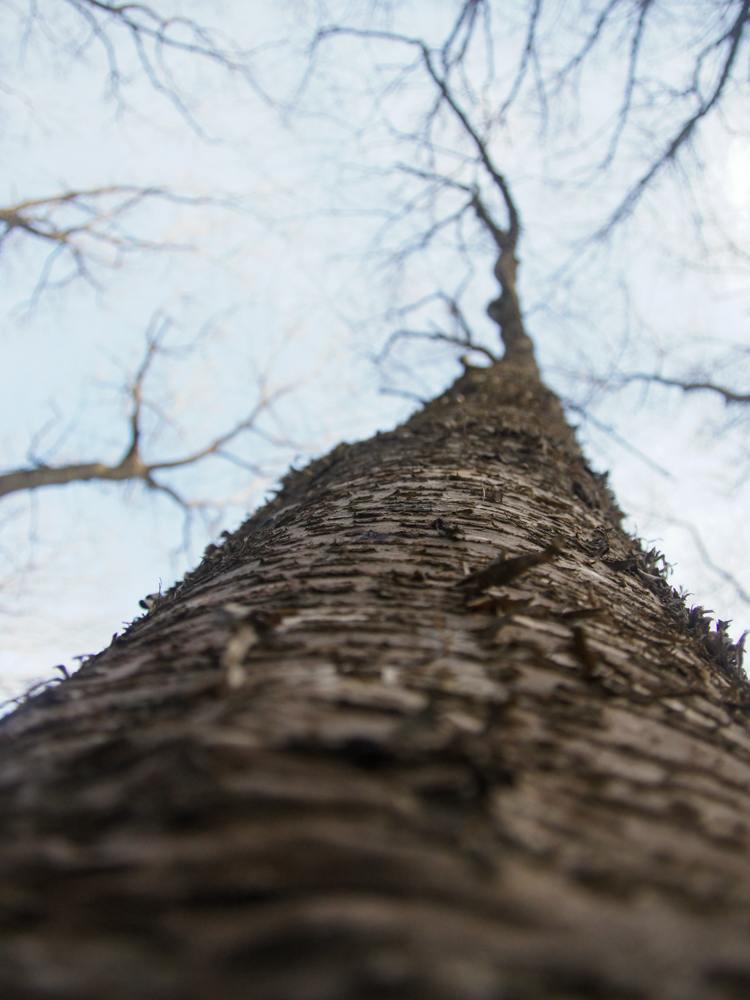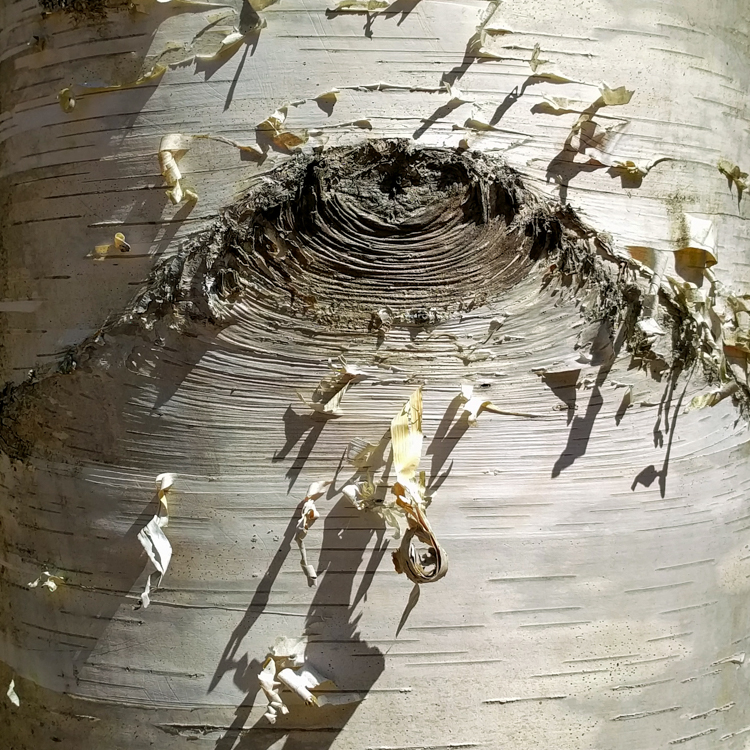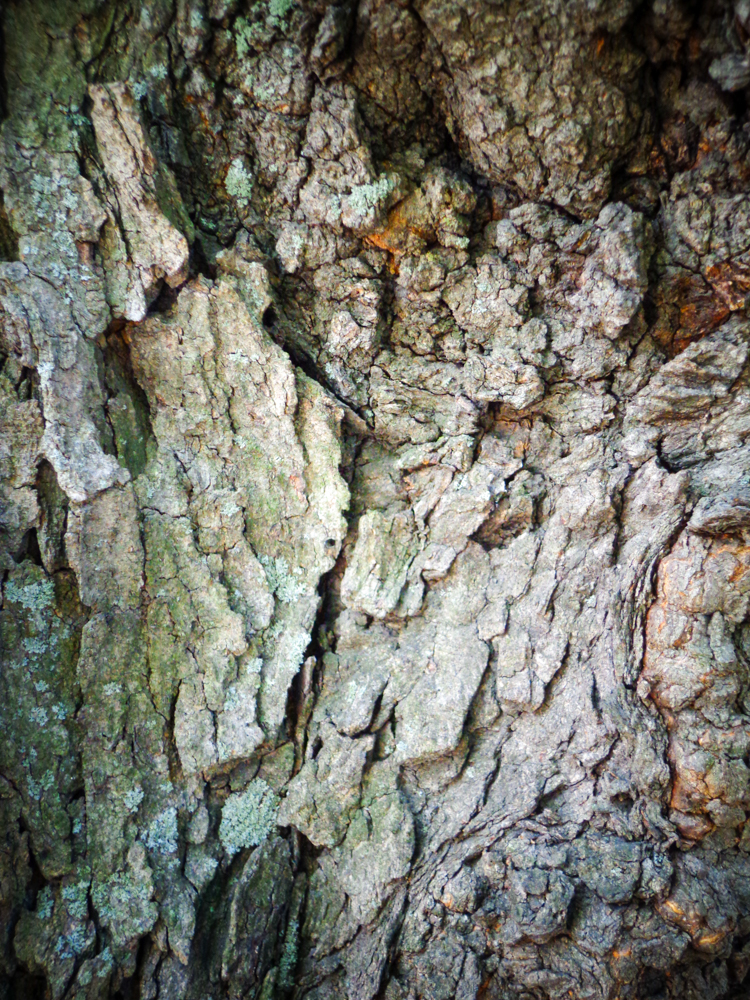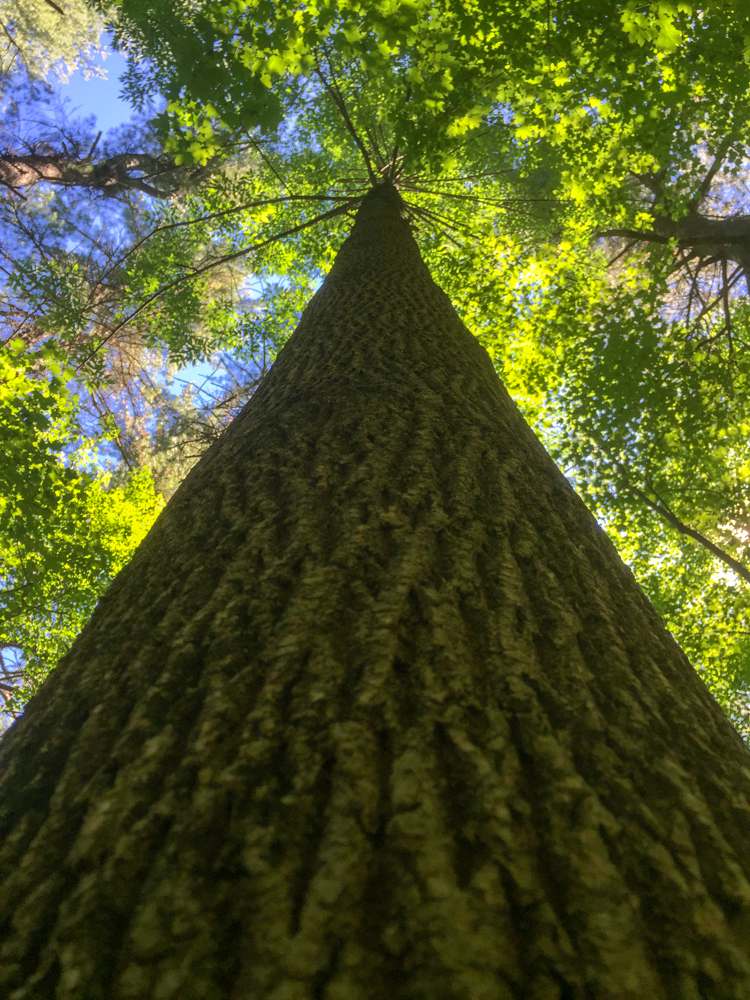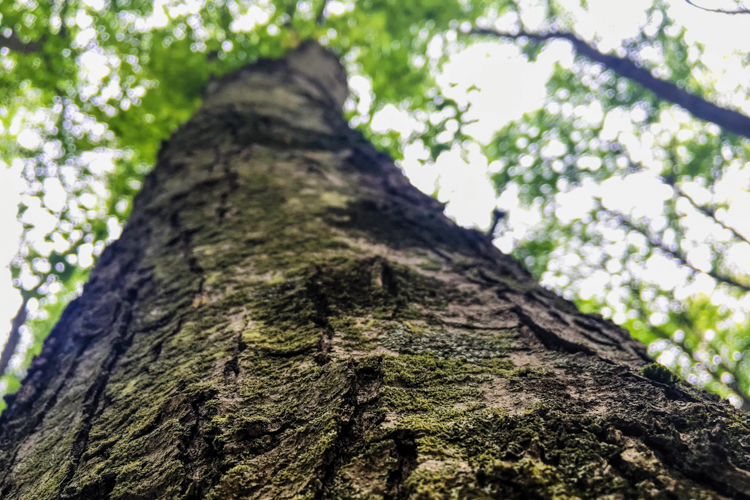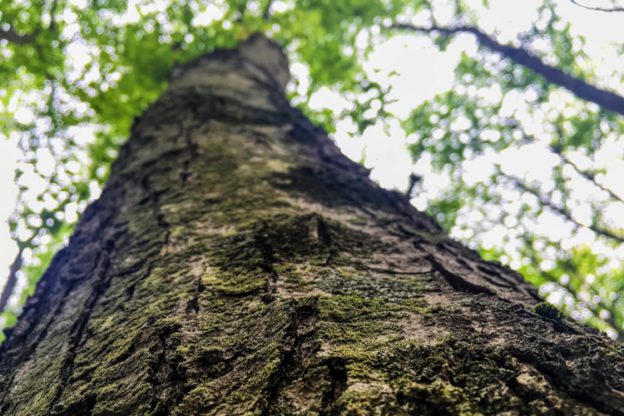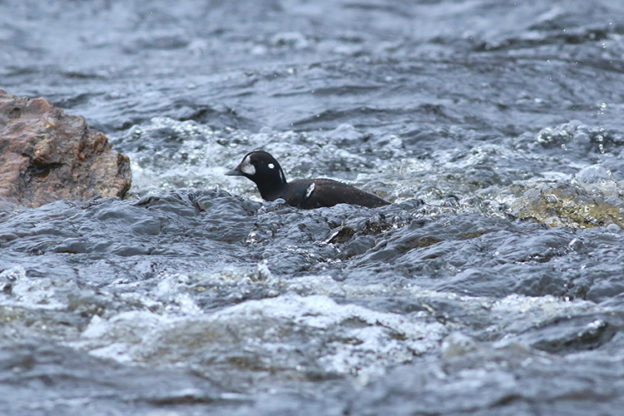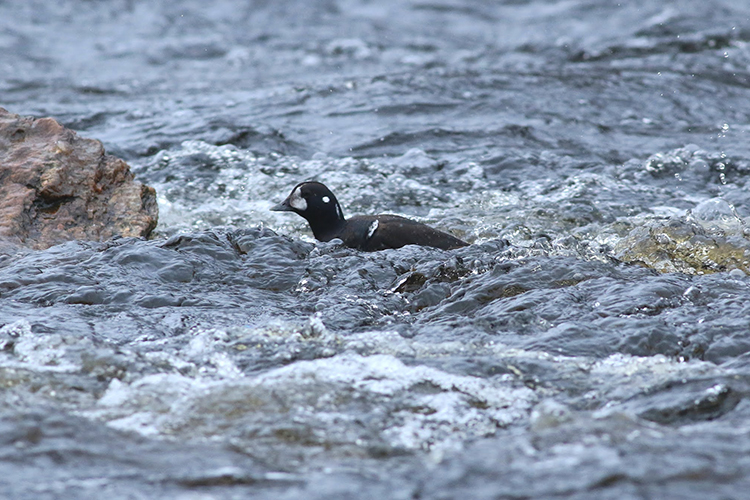Winter is a fantastic time to appreciate the beauty and diversity of tree bark. Without the dense foliage of the warmer seasons, it becomes easier to appreciate the unique patterns and textures each species presents.
A few species are fairly easy to identify from their bark, like mature Shagbark Hickories, whose bark peels away in long, narrow, vertical strips that can appear “shaggy” from a distance, hence the name “shagbark.” White Birches, also known as Paper Birches, are also easy to spot with their bright, namesake bark that peels horizontally in thin, papery, white strips.
Others are more tricky to identify by the bark alone—Red Maple is sometimes called the “tree of a thousand barks” due to the high variability in texture, pattern, and color of its bark, ranging from smooth to shaggy to “plated”, sometimes even on the same tree! For most trees, other markers such as branching pattern or the shape of buds or leaf scars can be necessary to make a positive identification (a good field guide is helpful, or you can take a program about tree identification to dive even deeper)—that is, if a species ID is even what you’re after.
But very often it is enough to simply slow down and appreciate the beautiful diversity of tree barks that can be found in even the smallest patches of forest. So, on your next winter nature walk, get curious and turn your focus to the woody “skins” of our native evergreen and deciduous trees with both sight and touch—how many different patterns can you discover?
Here are five photos of tree bark from our annual Picture This: Your Great Outdoors photo contest. You’ll probably notice there are a couple that are not definitively identified in the captions—true to form, many trees are impossible to confidently pin down to species based on bark alone, even for seasoned experts!
